A boathouse built for 19th century pioneer Samuel Saunders, one of England’s leading boat builders and engineers, has been listed as Grade II in recognition of its historic and architectural interest. Lucy Wood reports…
THE structure, in Goring-on-Thames, Oxfordshire, is noted as a rare surviving example of a late Victorian commercial boathouse on the non-tidal River Thames. It has been granted Grade II listed status by the Department of Culture, Media and Sport on the advice of Historic England.
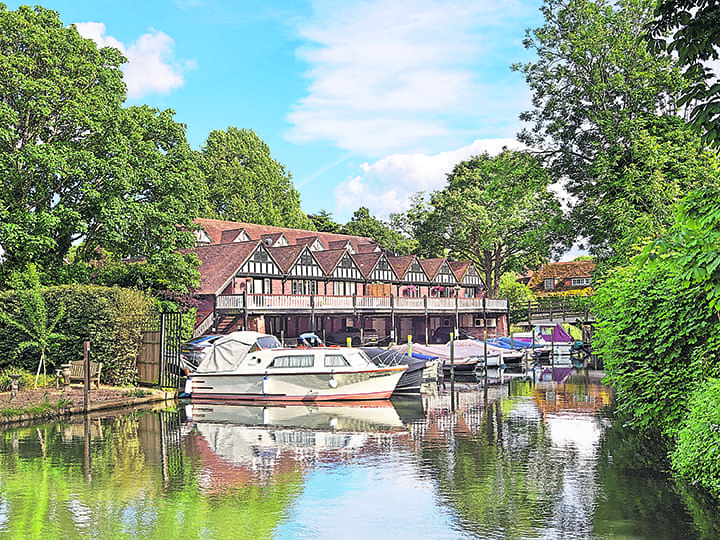
Built in about 1894 and still a prominent building facing the riverside and High Street, it has been converted over time, with one part currently home to a dental practice. Saunders commissioned the boathouse to capitalise on the growing popularity of this beautiful stretch of the Thames since the arrival of the railway in the 1840s. Goring and Streatley were described as ‘charming places to stay’ in the classic book Three Men in a Boat, written in 1889 by by Jerome K Jerome. The annual regatta drew large crowds and there was a boom in leisure boating.
Saunders had the building designed to showcase his business to this growing audience. He offered boat building services and craft for hire, and it included the riverside wharf, a showroom facing the High Street and an on-site manager’s flat. The architect was Percy Goddard Stone, who designed several other buildings for the village including his own house, now demolished. He is best known for his work on the Isle of Wight, including rebuilding the chapel at Carisbrooke Castle.
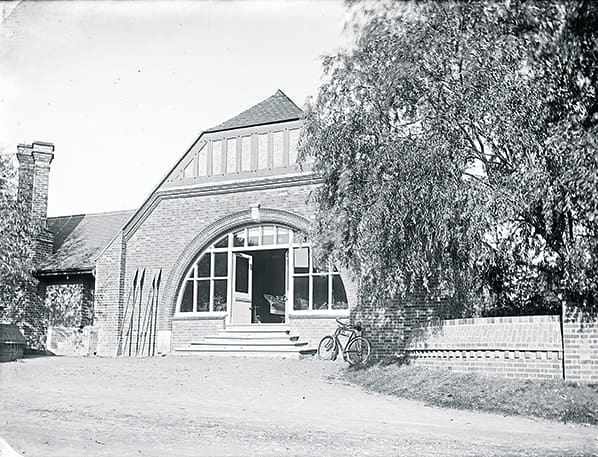
The boathouse now forms a historically important group with other listed buildings nearby – Goring Mill and the Goring Paddle and Rymer Weir – also Grade II-listed.
Sarah Gibson, listing team leader at Historic England, said: “The boathouse is a picturesque part of Goring-on-Thames and a prominent landmark. Its listing celebrates the building’s design and its origin as the early business premises of Samuel Saunders.”
“It has had many lives since Saunders’ day. Goring locals may remember the showroom was once leased to WH Smith and then to the Royal Mail when it was used as a sorting office.”
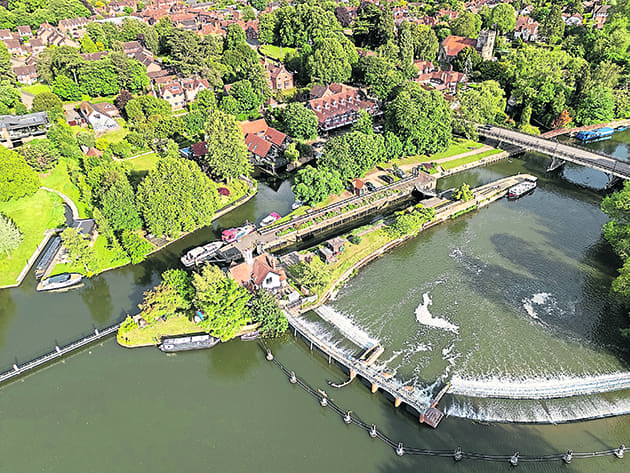
We’d love to hear your memories of this slice of Goring’s history via the Missing Pieces Project.”
In 1898, he built the steam launch Consuta with this technology as an umpiring boat for the Henley Royal Regatta. Consuta was later used for many years by the BBC for live TV commentary of the Oxford and Cambridge Boat Race. It is preserved by the Consuta Trust.
Saunders expanded his business, and the use of Consuta, in East Cowes on the Isle of Wight. His company went on to develop ever faster and lighter powerboats, flying boats and aircraft. Aircraft designer and manufacturer Sir Edwin Alliott Veron Roe invested in Saunders’ company in 1928, and it became Saunders Roe or Saro. Saunders Roe is associated with famous designs including Sir Malcolm Campbell’s Bluebird K3 speedboat.
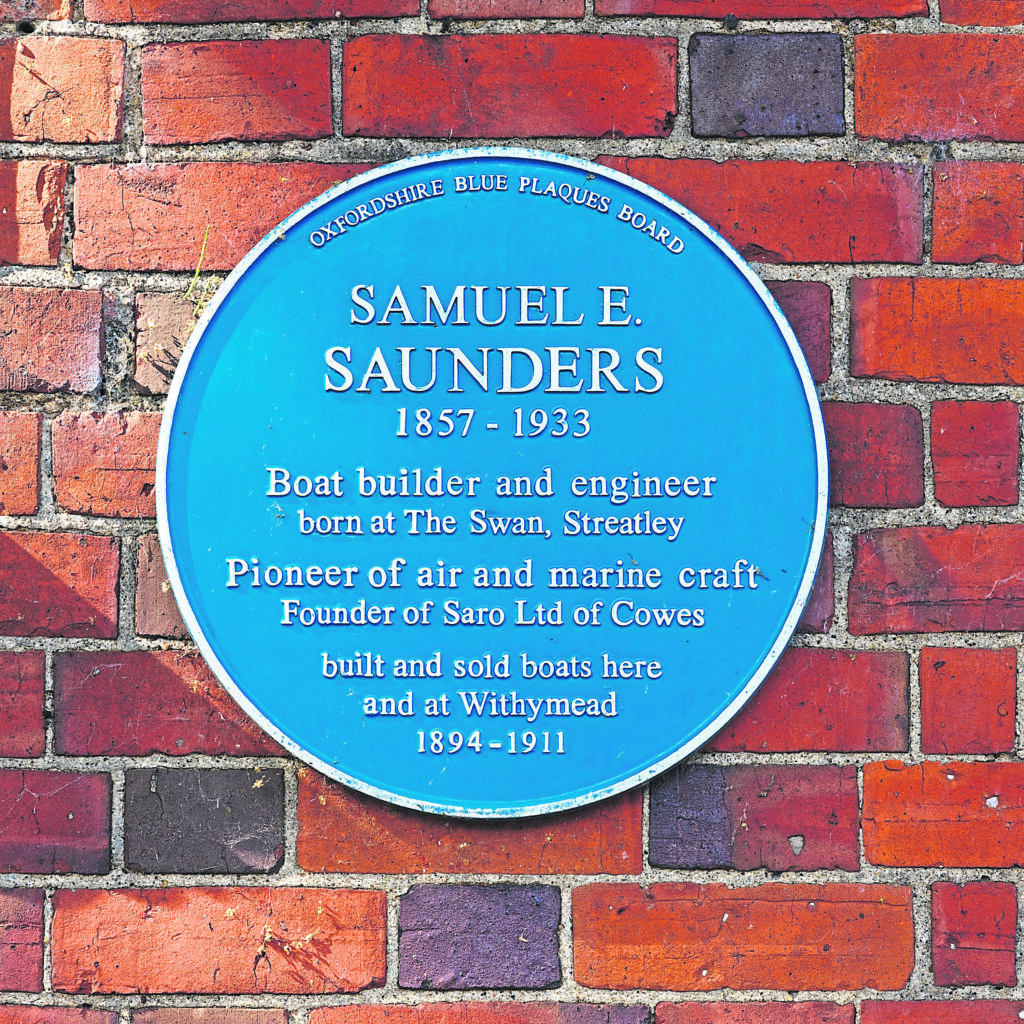
An Oxfordshire Blue Plaque was added to Saunders’ boathouse in 2013 to celebrate his achievements.
Samuel Edgar Saunders (1859–1933) was an entrepreneur, engineer and boatbuilder. While at Goring, he developed and patented a new experimental method for boat building called Consuta (meaning ‘sewn together’ in Latin). The Consuta construction method interleaved thin layers of wood with a waterproofing material all stitched together with copper wire. This helped create a lightweight but tough hull that allowed for higher speeds, an improvement on the heavy solid wood frame alternatives.
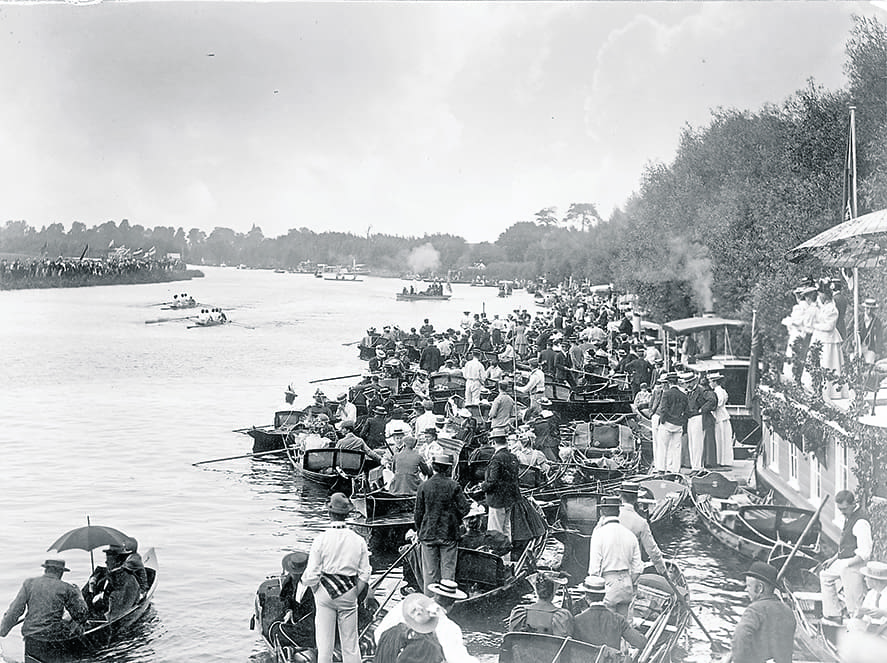
Historic England is the public body that protects and brings life to heritage, from community centres to cathedrals, homes to high streets, markets to mills – the extraordinary to the everyday. The National Heritage List for England is held and managed by Historic England on behalf of the Government and the Secretary of State for Culture, Media and Sport. It identifies the buildings, sites and landscapes which receive special protection, so they can be enjoyed by current and future generations. There are more than 400,000 items on the list, covering England’s most valued historic places.
English Heritage is appealing for anyone with information about Saunders’ boathouse to its Missing Pieces Project. Photos, drawings, audio, film and text can be added – visit https://historicengland.org.uk/listing/missing-pieces



